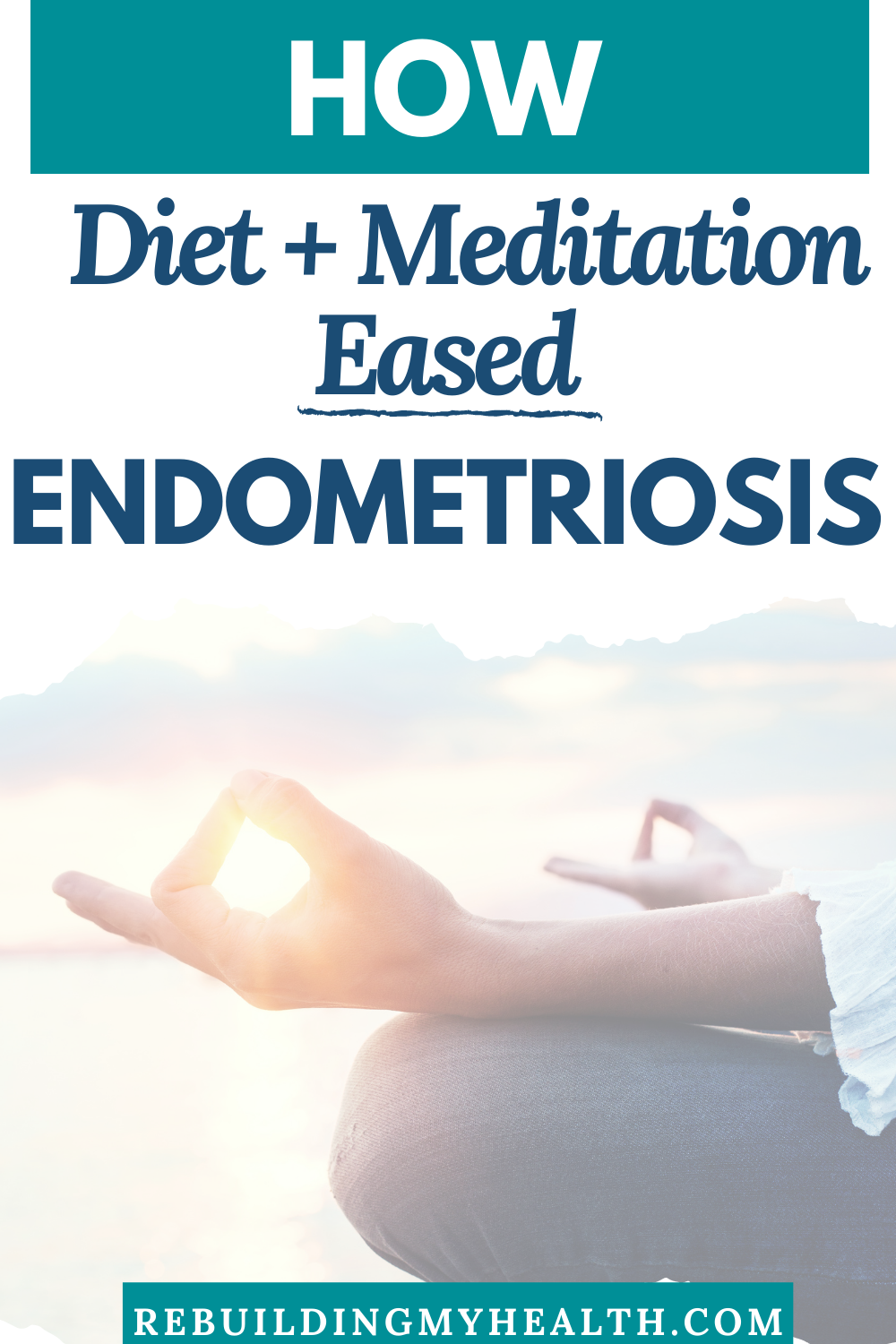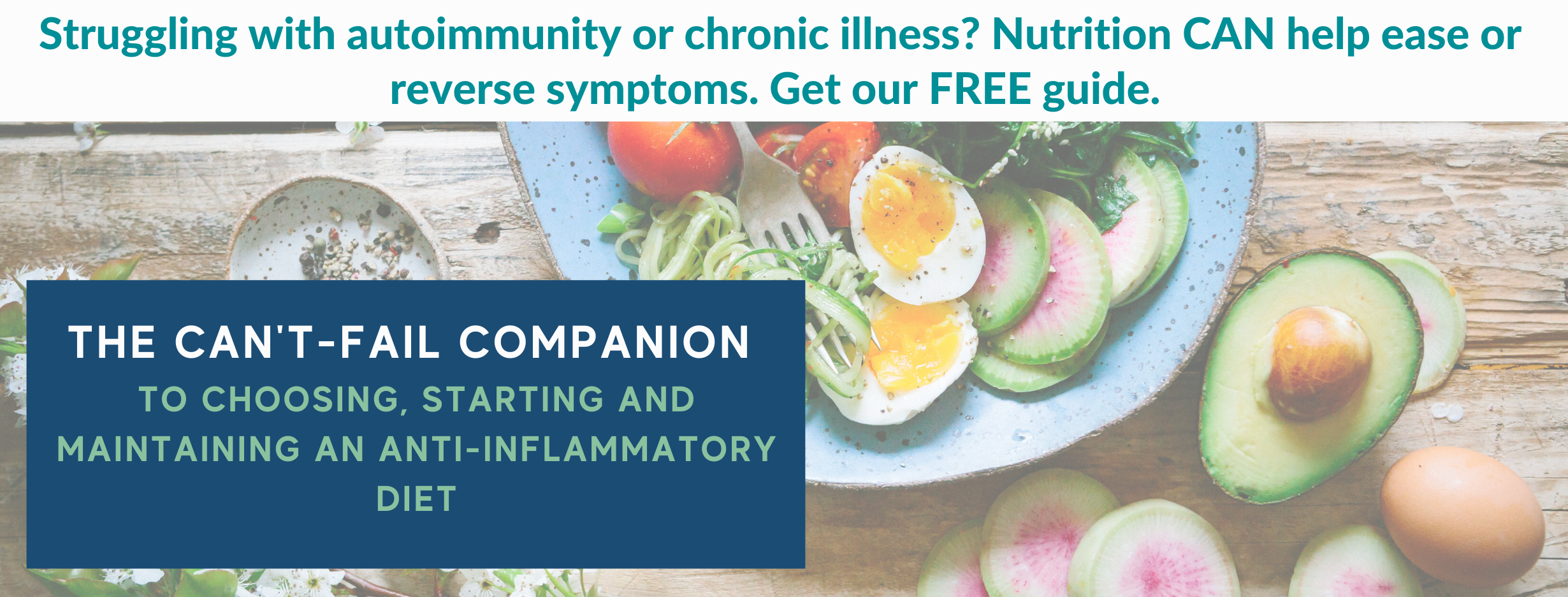Houston R.N. Takes the Edge off Endometriosis with Diet, Meditation
“I know we all reach a point where it almost seems like we’re fighting a losing battle, but there is hope. It’s a matter of educating yourself and being willing to try some things outside of conventional medicine.”
– Melissa Velasco
Since Melissa’s periods first began, they have been painful and debilitating.
In high school classes, she would lay her head on her desk and bounce her knees to distract herself from the pain.
In college, she experienced multiple episodes of feeling sick and light-headed during her monthly cycle.
Then there was the embarrassing “endo belly,” causing bloating that made her look six months pregnant.
Eventually, she added migraines to the list of life-impacting symptoms.
For the pain, she turned to Motrin, and at times, prescription pain relievers.
Because it was all she had ever known, she thought that’s just what periods were about.
“I was always made to believe that it was normal and just part of being a woman,” she says. “I never questioned it because I didn’t know that I needed to.”
Finally, a Name for Bad Periods: Endometriosis
Melissa continued like that, month after painful month, year after year.
Then, in her late 20s, she and her husband tried to conceive – but unfortunately, had no success within the first year. For help, they saw a doctor, who went through a battery of questions to understand Melissa’s health better.
“My doctor brought up the word, ‘endometriosis,’” she says.
With endo, “endometrial-like” tissue is found outside the uterus, according to the Center for Endometriosis Care. That can cause pain, inflammation, cysts, adhesions, organ dysfunction and more.
After 15 years of pain, Melissa finally had a possible reason for her bad periods. But for an official diagnosis, she would need laparoscopic surgery.
Her physician said the surgery would not only help diagnose endometriosis, but in the process, would remove any endo she found with ablation.
Melissa hoped and believed that, afterward, she would finally be free of the pain.
Following surgery, Melissa finally received a diagnosis of stage 1 endometriosis and believed that the doctor had removed all the endo cells she found.
But within a couple of months, the pain was back and was worse than ever.
Regrets Regarding Ablation for Endometriosis
Upon further research, Melissa learned that there’s more than one type of surgery for endometriosis – and that the type she had may have actually worsened her pain.
In hindsight, she wishes she had explored all her surgery options and found someone to perform what’s called deep-excision, what she calls the gold standard for the condition.
Based on her research, she came to understand that deep-excision cuts the endo lesions to the root, or past the root, to ensure no cells are left behind. Ablation treats the surface of the lesions, which can leave behind cells and potentially worsen scar tissue.
“Basically, the type of surgery I had I truly believe is the reason why my symptoms became so severe in the past two years,” she says.
Reducing Inflammation to Ease Pain
Melissa soon moved and found a new gynecologist, one who, surprisingly, mentioned diet as a way to eliminate the inflammation that can worsen endometriosis symptoms. Food sensitivities, he said, have been shown to create inflammation.
Her doctor recommended a specific food sensitivities test, one that tests for Immunoglobulin G, or IgG. Melissa completed a home-test kit and was surprised to learn she was sensitive to dozens of foods.
“The test said I’m sensitive to over 75 foods, and it was like all the things that I love to eat!” she says.
However, not long after, she learned that the type of test she took may not be all that accurate.
“It’s not a test that’s recommended by allergists,” she says.
For a lengthier, but hopefully more accurate assessment, she chose to try an elimination diet. By cutting out certain foods for a while, then re-introducing them, and tracking her symptoms, she began to link symptoms with the foods she ate.
She kept a food journal and religiously wrote down everything she ate and how she felt afterward. Ultimately, she found what really bothered her: dairy, gluten and pork.
“They cause a lot of inflammation, not just with my cramping and bloating, but I get almost like autoimmune symptoms where my whole body feels generalized pain, my joints all ache and they feel swollen,” she says. “And I get really foggy-brained.”
Along with removing triggers, she added anti-inflammatory foods such as turmeric tea.
Taking on Stress
Melissa also found that stress has long exacerbated her endometriosis symptoms. Her job as an oncology nurse only added to that stress, leading her to drop her hours to part-time.
On her husband’s suggestion, she decided to try meditation, with help from the Headspace app.
“Meditation was really, really helpful in calming my nerves and helping me focus and decipher what was in my control and what was out of my control, and things that I just needed to let go of,” she says.
She also began taking baths to reduce stress and pain – despite hating baths before.
“I decided to try out the whole Epsom salt bath thing and it has done wonders,” she says. “So I’m now an avid bather.”
She takes hot baths about four times a week, which she finds reduces her joint pain and backaches.
While vigorous exercise can trigger an endometriosis flare, walking and yoga help her shake off stress and pain.
For mild cramping, Melissa finds a blend of essential oils (frankincense, eucalyptus, lavender and Rapid Relief from Plant Therapy) helpful.
A Fuller Life
With all the changes she’s made, Melissa reports that the days between her periods are more manageable. Her bad migraines have almost stopped entirely and she doesn’t get endo belly as often.
Her periods, however, remain about the same, unfortunately.
With a better ability to manage stress, she recently increased her work hours back to full time.
“So all these different things I’m doing, it’s working,” she says. “Stress at work is up but I’m managing it better.”
She’s also able to join in social activities more often, and pushes herself without waking up in debilitating pain.
After all she’s been through, Melissa freely shares her advice with others struggling with endo, or suspected endo, through her blog, Eighty-Six the Endo.
After 15 years of struggling with endo, Melissa wants others to know what has worked – and not worked – for her.
She recommends that women who suspect they have endo find an endometriosis specialist, rather than just a general OB-GYN. For a list of specialists, information and support, she points women to a Facebook group called Nancy’s Nook.
Melissa also suggests, ideally, finding a physician who supports alternative approaches to easing pain, such as diet, rather than only prescribing painkillers.
Most of all, she wants women to have hope.
“I know we all reach a point where it almost seems like you’re fighting a losing battle, but there is hope,” she says. “It’s a matter of educating yourself and being willing to try some things outside of conventional medicine.”
“Don’t give up on it right away because sometimes, with these holistic treatments, it does take a little bit of time of you actually putting some work into it to feel the benefits,” she adds.
What works for one person may not work for another. Consult your health practitioner for professional health advice.
If you enjoyed this story, you may also like: Austin Entrepreneur Sleuths Root Causes of Fatigue, Brain Fog, Weight Gain and More.
The information on this site is for educational and inspirational purposes only and is not intended to replace the advice of qualified professionals. Keep in mind that what works for one person may not work for another. Always consult your healthcare practitioners before beginning new approaches or treatments. Some links on Rebuilding My Health may be affiliate links. This means that we may receive a commission - with no additional cost to you - if you make any purchases using those affiliate links. Rebuilding My Health is a participant in the Amazon Services LLC Associates Program. Learn more.



